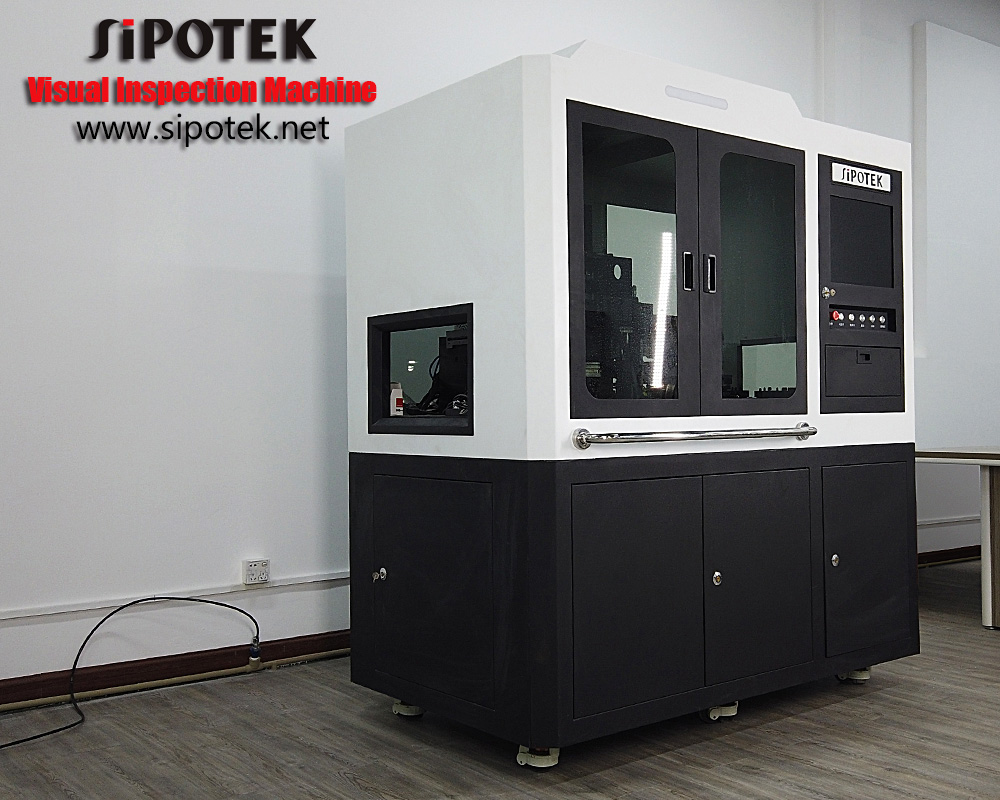Topvision is professional machine vision inspection system manufacturers with automated optical inspection machine,visual inspection machine,machine vision camera and so on.
Today we will talking about do images taken from machine vision inspection cameras remain the same throughout the process?
The distribution of the cameras within the visual inspection system is very important, for this reason so many manufacturers of these machines are responsible for making this task accurate.
Machine vision camera manufacturers have managed to place the distribution of these equipment in the best way, and it is the cameras that are responsible for sending the necessary information to the system for the entire visual inspection process and that is basically how all this works, however there are other processes that must be done to carry out this entire operation.
The internal chambers must have a complete view of all corners of the piece that will be inspected.
When the machine vision camera manufacturers make the distribution of the internal cameras of the system, they ensure that it has a complete view of the surfaces, and although it is not a simple job, they achieve it through millimeter accuracy. This is the first phase of the entire visual inspection process.
The cameras pass all the information to the system, and this is responsible for providing the images for processing.
After the cameras that were strategically placed by the machine vision camera manufacturers have managed to fully capture the material being evaluated, the images they capture are immediately passed to the system, where they will be evaluated in a practical way to determine any damage or Irregularity, however, sometimes, however current and specialized the equipment may be, many images need some help to look a little clearer, that is, a process is needed to prepare the images that will be reviewed.
Many systems have preprocessing programs installed that are responsible for improving images and optimizing the process.
There are many preprocessing programs that are capable of carrying out certain activities that make the image improve in a certain way, this varies according to the revision needs of each manufacturer, as it can be configured to the system to do standard reviews and some more localized, to determine if there is the presence of some details that are of utmost importance for the system (to which it will be integrated) to function correctly.
Preprocessing the images captured by the visual inspection machines is a practically obligatory ritual in the places where these machines are located and the light coming from different sources is capable of completely changing them. It is important that this process be carried out in these cases, since either the excess or lack of lighting may affect the image.
There are occasions in which it is not necessary to highlight some general characteristics, but rather some specific ones.
In many cases, it is only necessary to specifically highlight some parts of the piece that is being evaluated, this usually happens when the part of the piece that has the greatest interest complies with a certain geometric structure, in this way during the pre-processing one tries to highlight with greater attention the specific area, , with more accurate data.
For more about machine vision systems manufacturers,you can pay a visit to topvision at https://www.topvision.net
About Topvision
Started in 2002, Topvision is located in Shenzhen in China. The company designs and manufactures visual inspection systems with its avant-garde R&D department and a great experience in artificial vision technologies. Topvision is a professional machine vision inspection system manufacturer from china.The topvision staff supports customers 360 degrees automatd optical inspection(AOI), from listening to their requests to the development of ambitious machines for quality control.
For Inquiries:
Contact Person: James Yuan
Company: Topvision
Tel: +86 18666216027
Email: info@sipotek.net
Website: https://www.topvision.net




